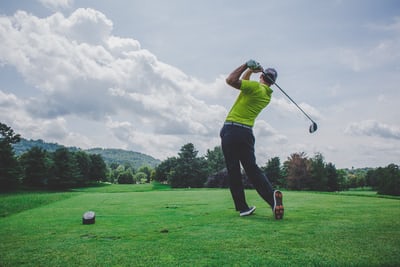Walking is more than just a daily activity; it’s a fundamental movement that shaped the evolution of our muscles and overall physiology. Our ability to walk upright on two legs, known as bipedalism, is one of the defining characteristics of being human. This evolutionary milestone not only set us apart from other species but also influenced the development of our muscular system in profound ways.
•The Evolution of Bipedalism
Millions of years ago, our ancestors transitioned from moving on all fours to walking on two legs. This shift was driven by various factors, including the need to cover long distances efficiently, free up the hands for tool use, and adapt to changing environments. As we began to walk upright, our bodies underwent significant changes to support this new mode of locomotion.
•Key Muscles Developed from Walking
1. **Gluteal Muscles (Glutes)**: The gluteal muscles, particularly the gluteus maximus, are among the most prominent muscles developed through walking. These muscles are responsible for stabilizing the pelvis and powering our stride. Over time, they evolved to become larger and stronger, enabling us to walk and run efficiently.
2. **Leg Muscles**: Walking helped develop the muscles of the legs, including the quadriceps, hamstrings, and calves. These muscles work together to propel us forward with each step. The strength and endurance of these muscles were crucial for early humans who needed to travel long distances in search of food and resources.
3. **Core Muscles**: The core muscles, including the abdominals, obliques, and lower back muscles, play a vital role in maintaining balance and stability during walking. As our ancestors began to walk upright, these muscles became more developed to support the spine and prevent injury.
4. **Foot and Ankle Muscles**: Walking also influenced the evolution of the muscles in our feet and ankles. The arches of our feet, supported by various muscles and tendons, act as natural shock absorbers, while the muscles of the ankles provide stability and mobility. This adaptation allowed humans to walk on diverse terrains, from rocky landscapes to soft grasslands.
•The Impact on Human Evolution
The evolution of our muscles from walking not only made us more efficient walkers but also laid the foundation for other forms of movement, such as running and climbing. These adaptations provided a survival advantage, enabling our ancestors to hunt, gather, and migrate across vast areas.
In modern times, walking remains a fundamental exercise that continues to engage and strengthen these evolutionary muscles. Regular walking promotes cardiovascular health, improves posture, and enhances overall mobility—benefits that are deeply rooted in our evolutionary past.
Our muscles evolved to support walking, a movement that has been central to human survival and success. From the powerful glutes to the supportive core, the muscles developed through walking are a testament to our evolutionary journey. By walking regularly, we not only maintain the health of these muscles but also honor the legacy of movement that has shaped who we are today. So, the next time you take a walk, remember that you’re engaging in an activity that’s been essential to human evolution for millions of years.











